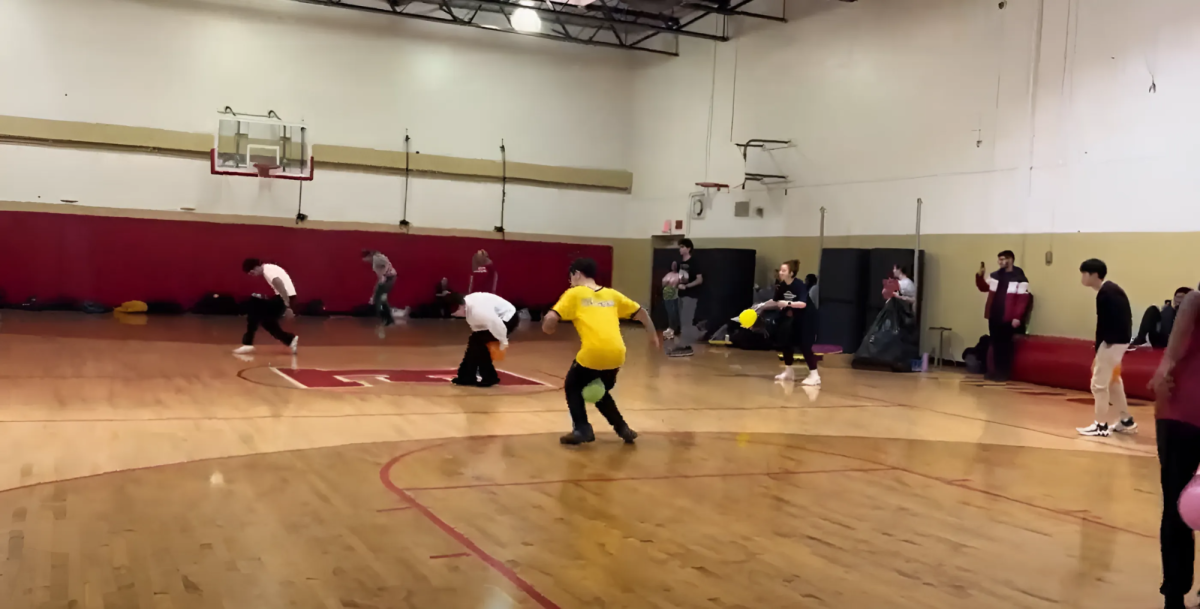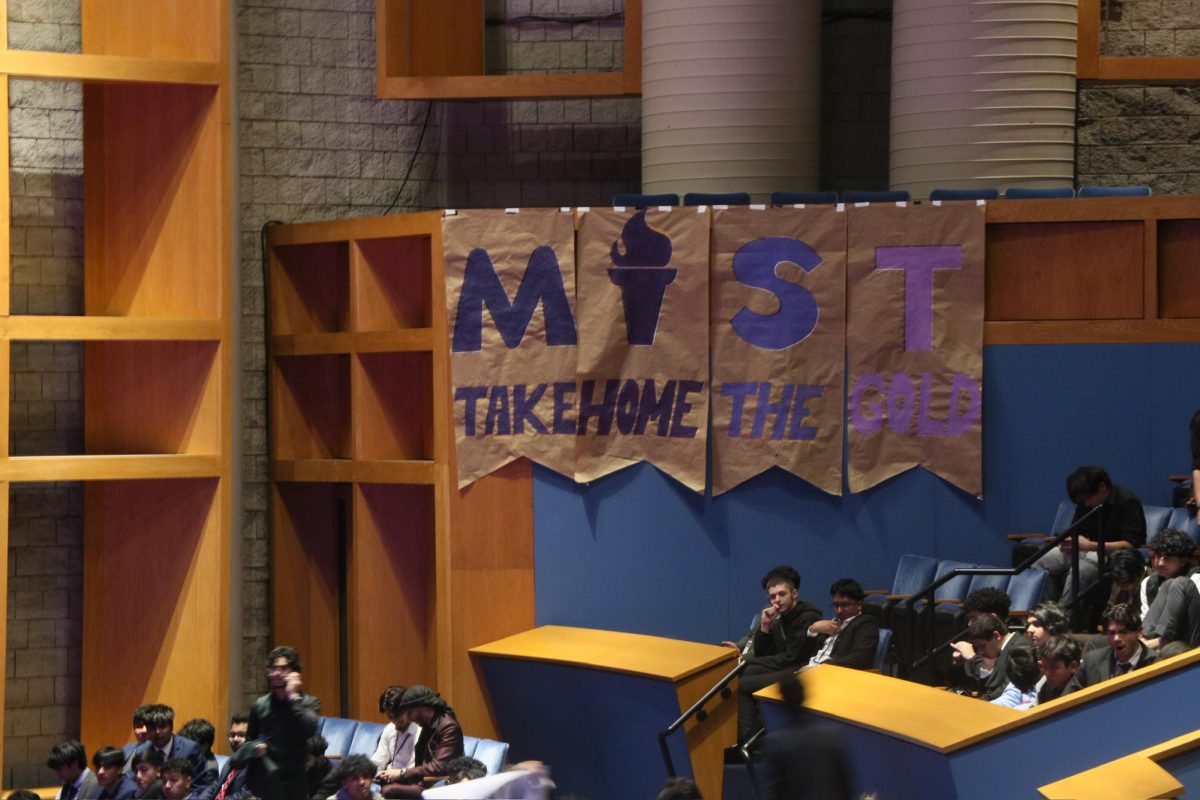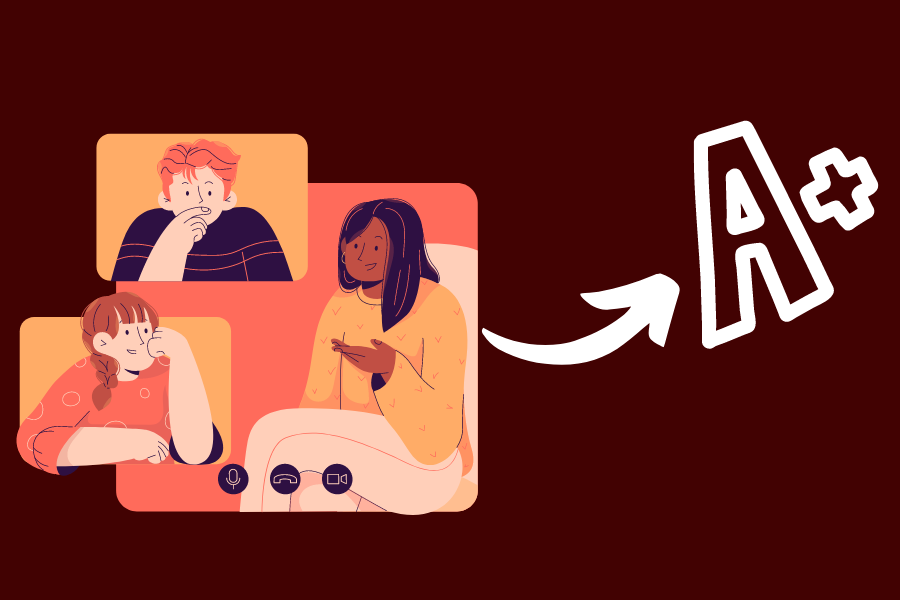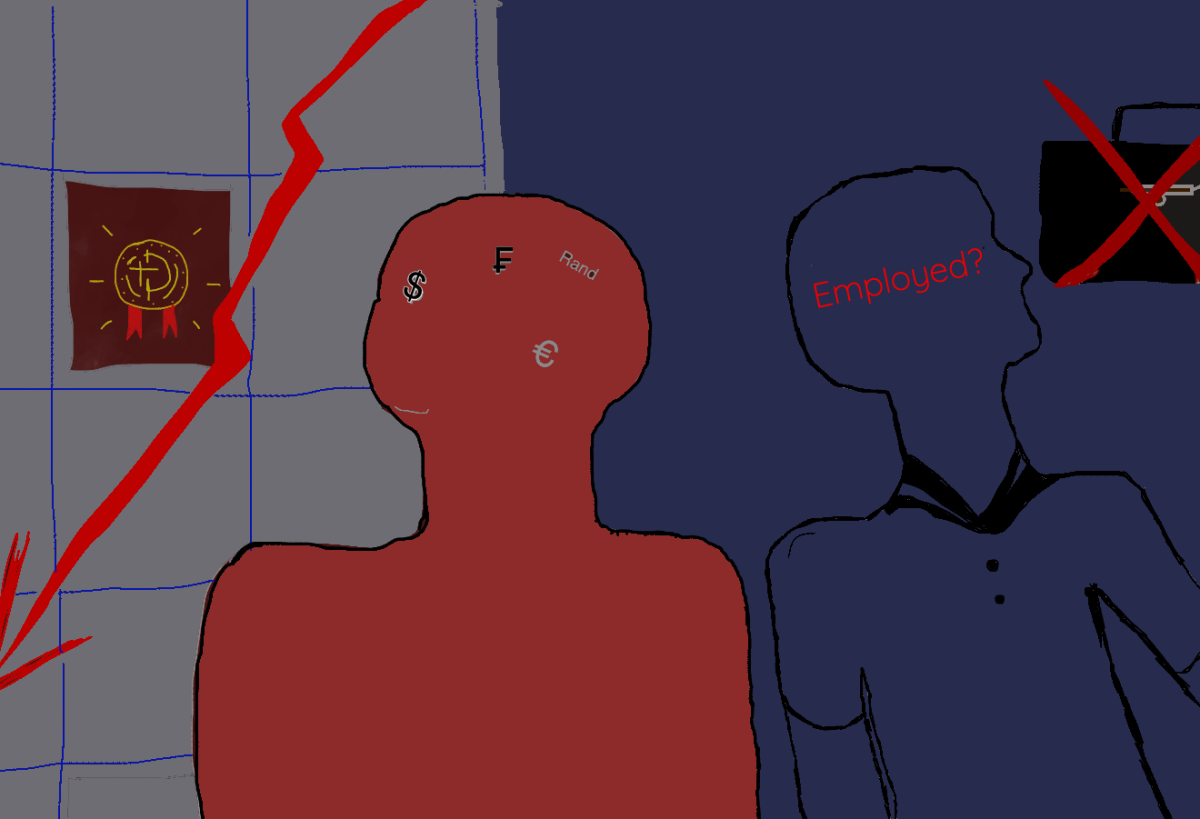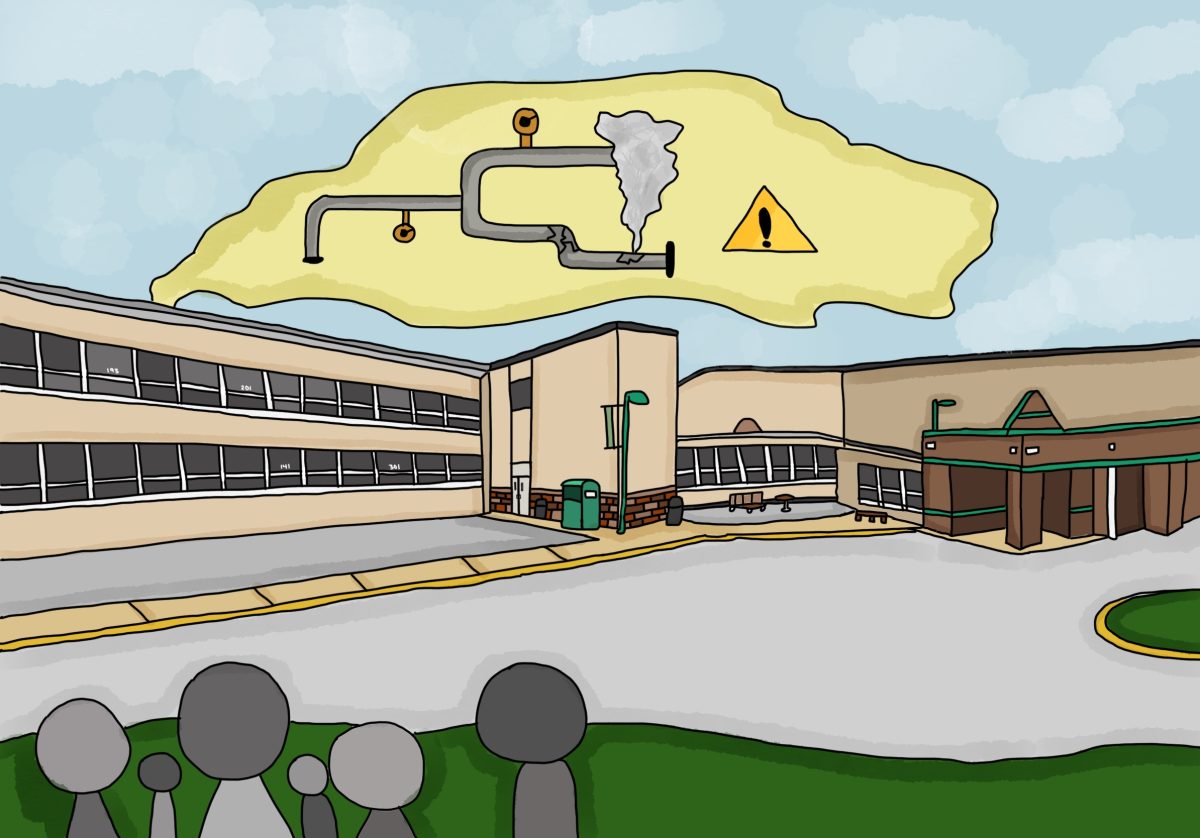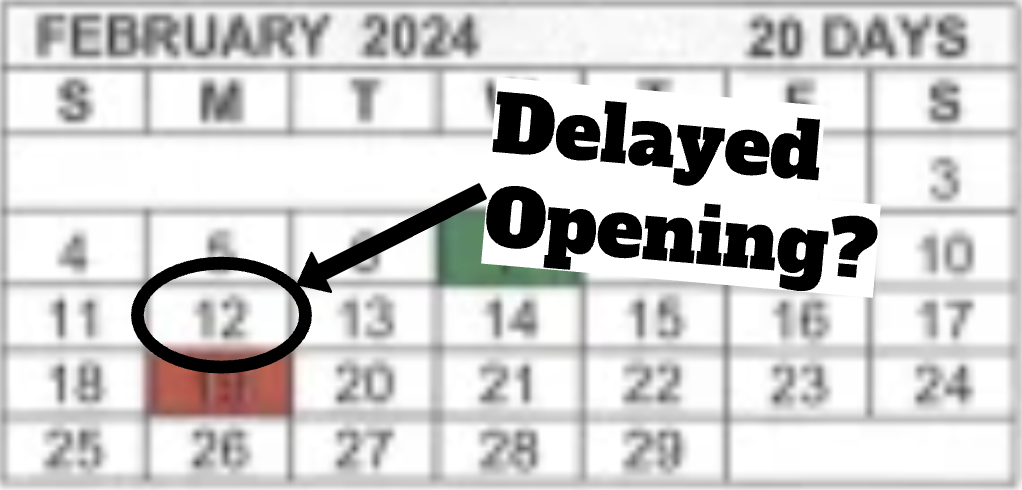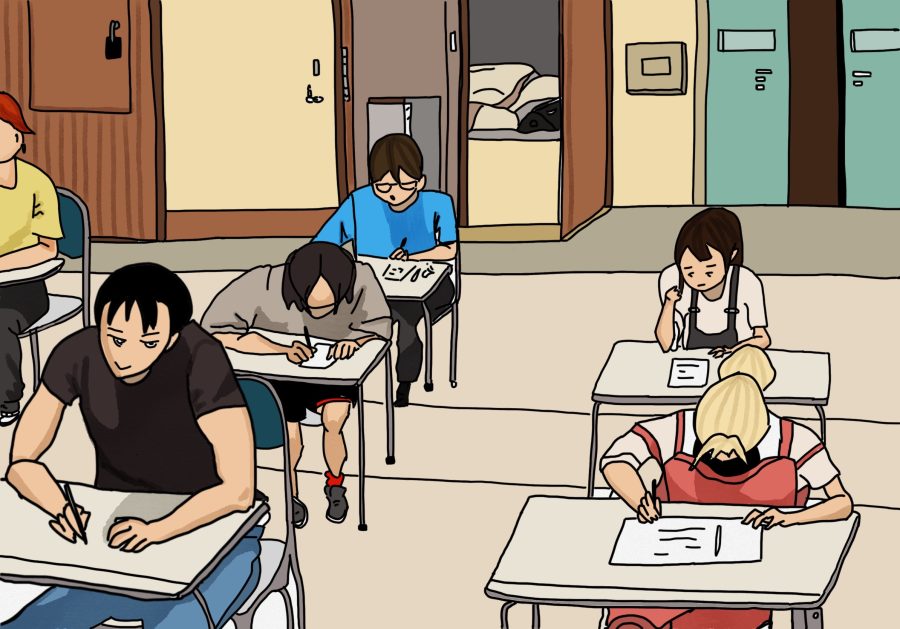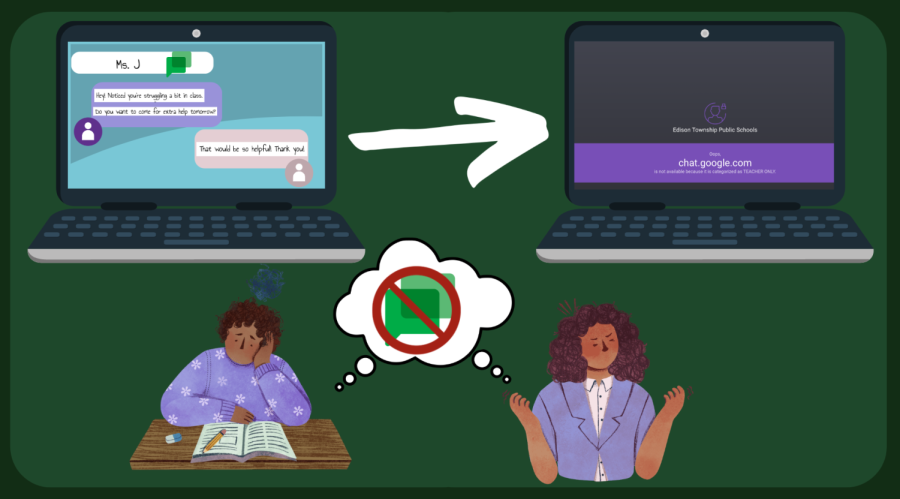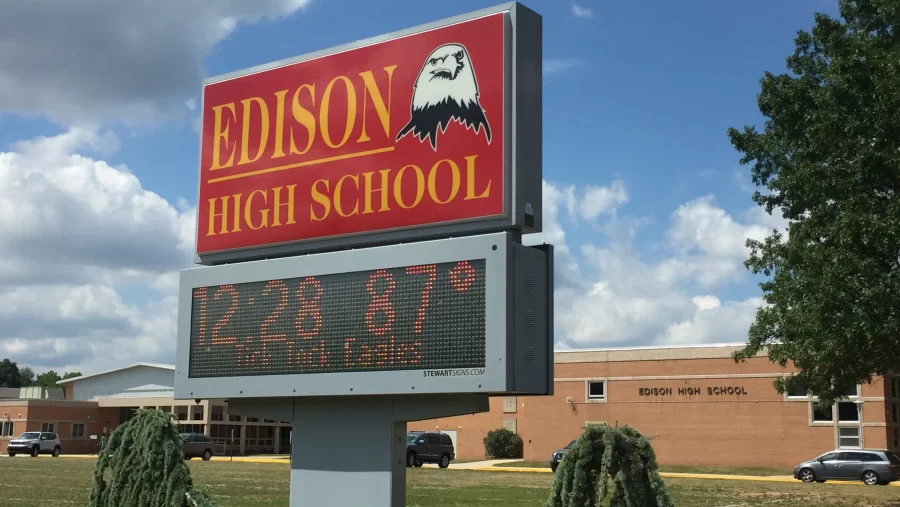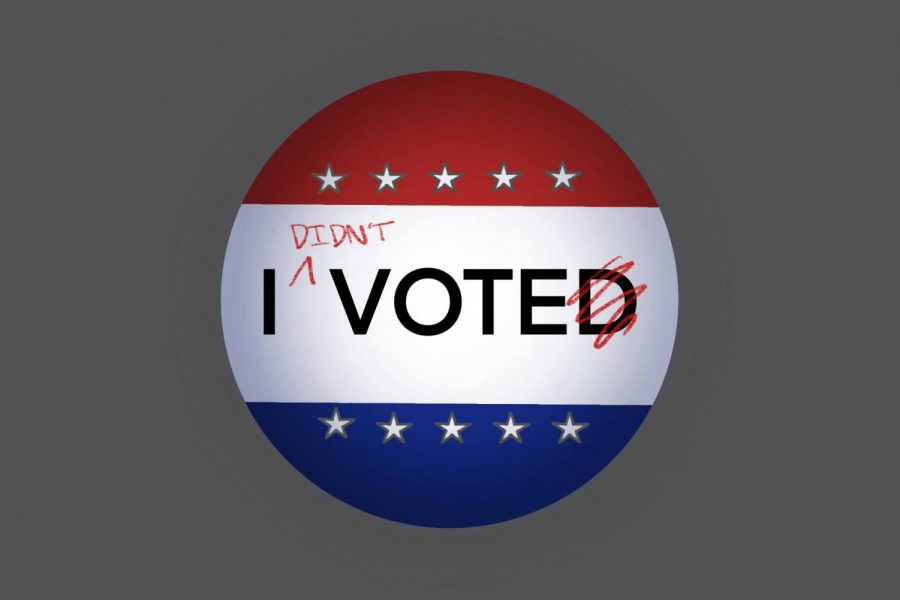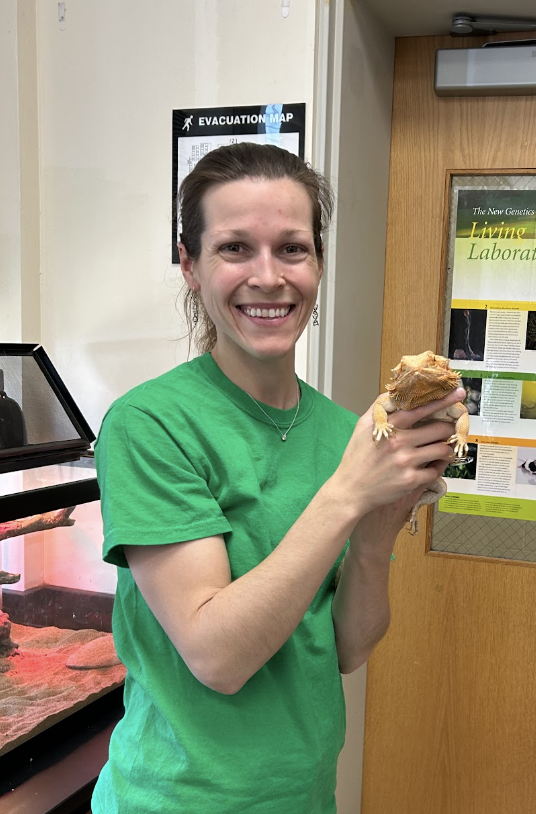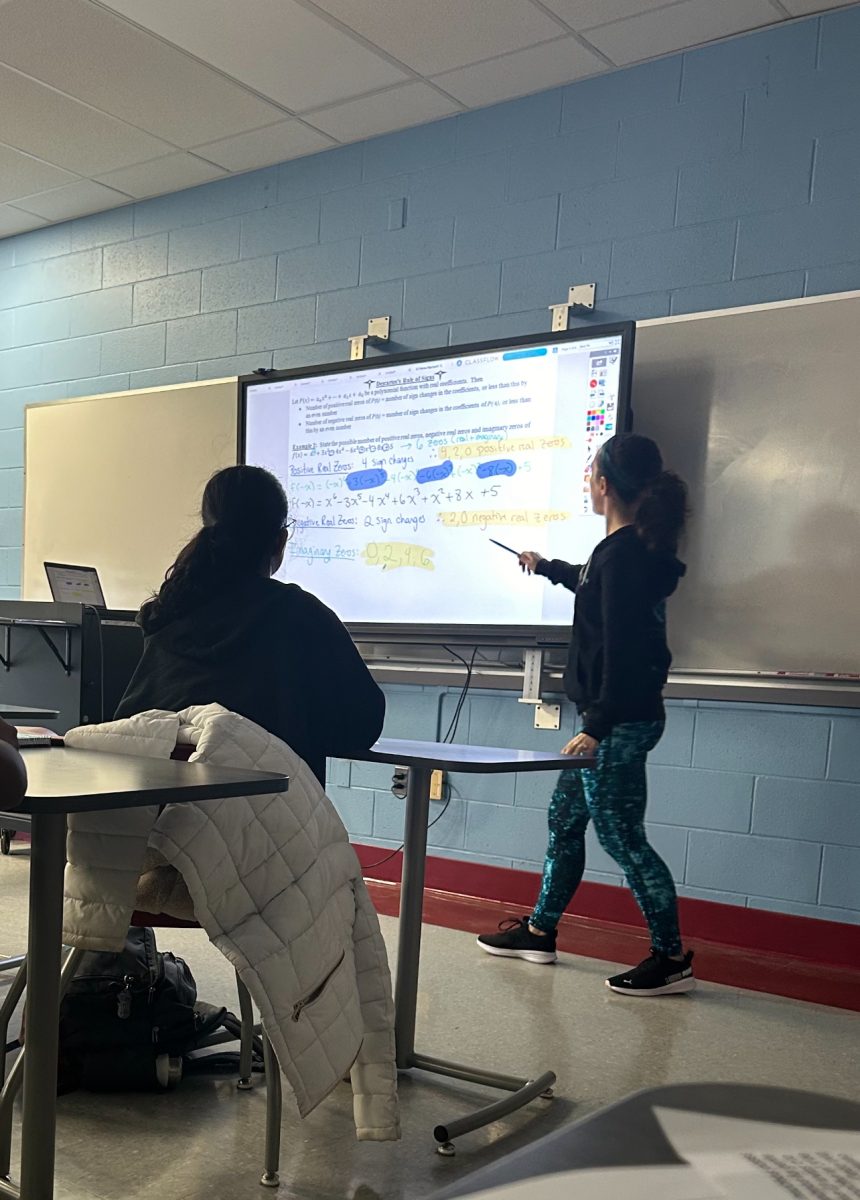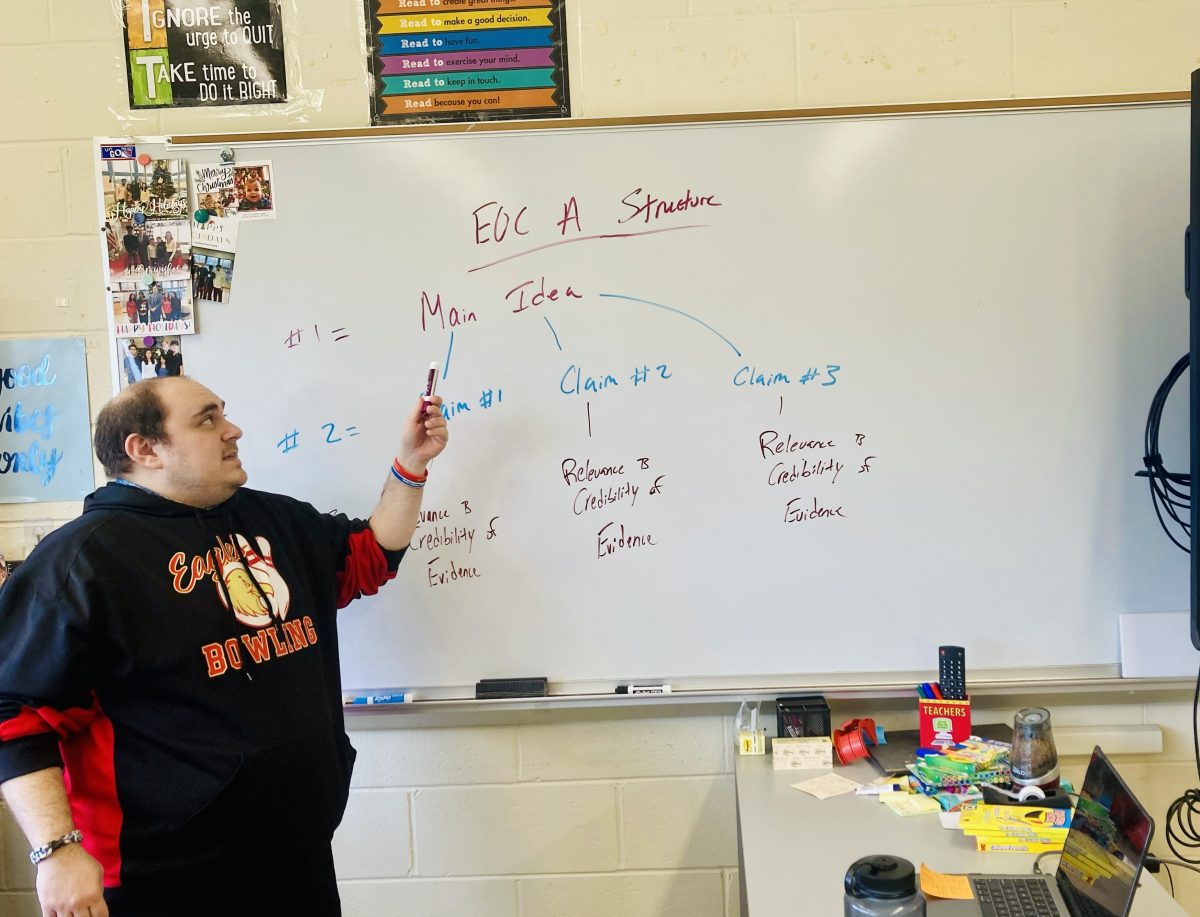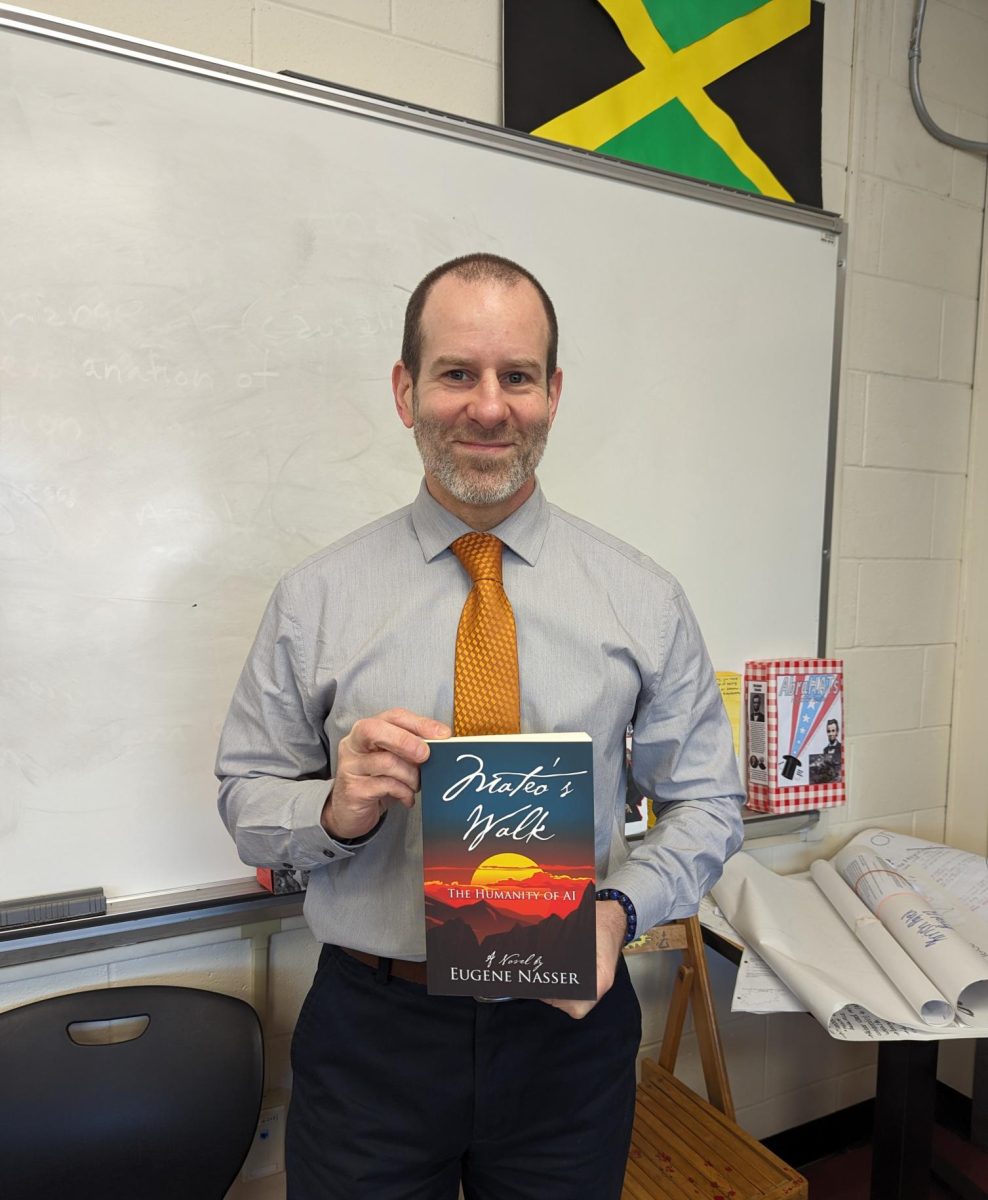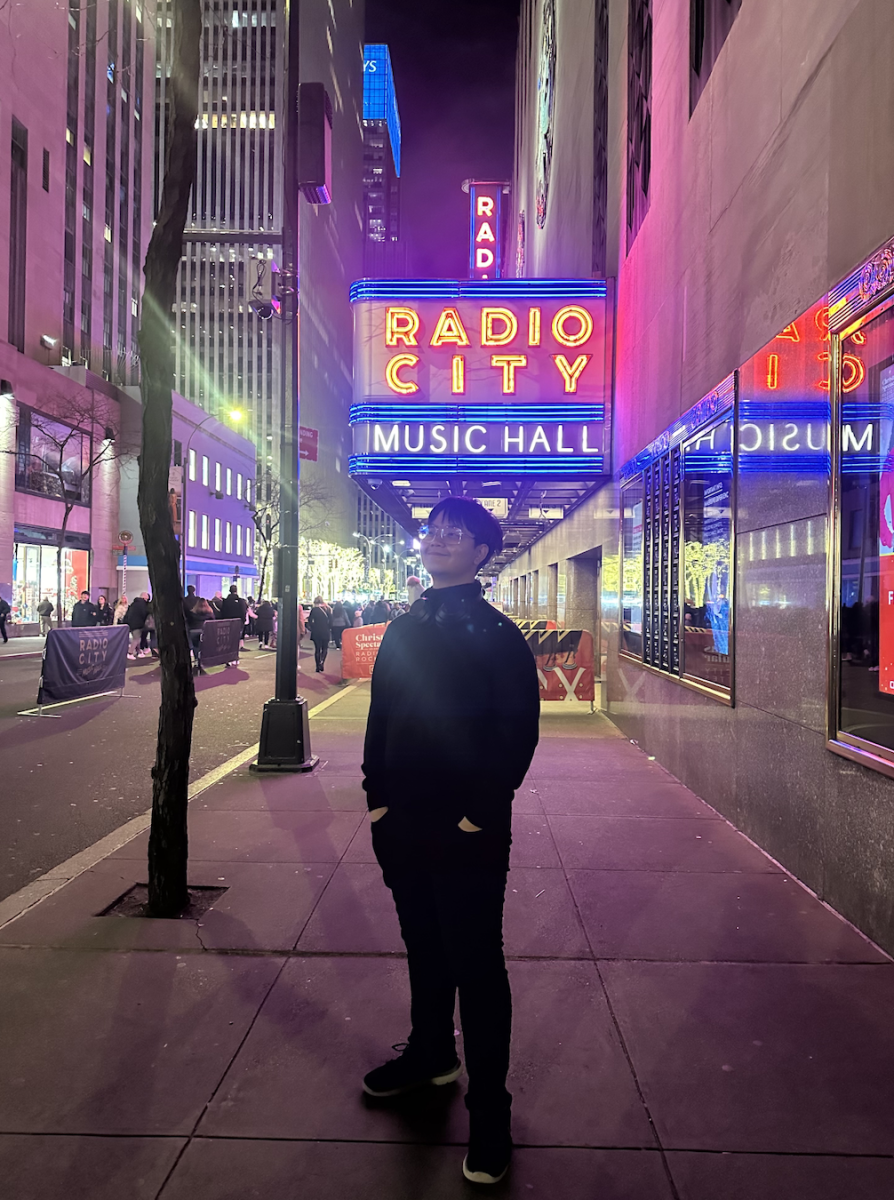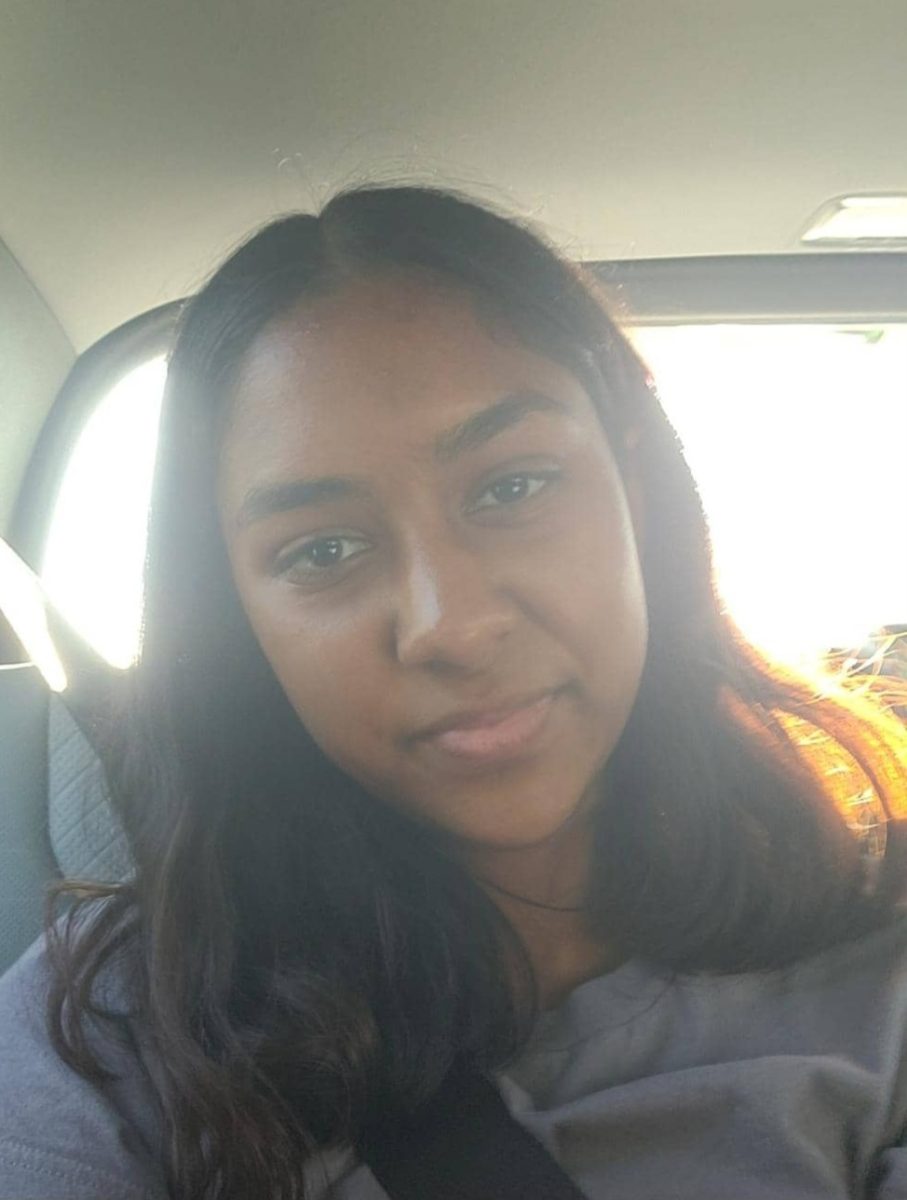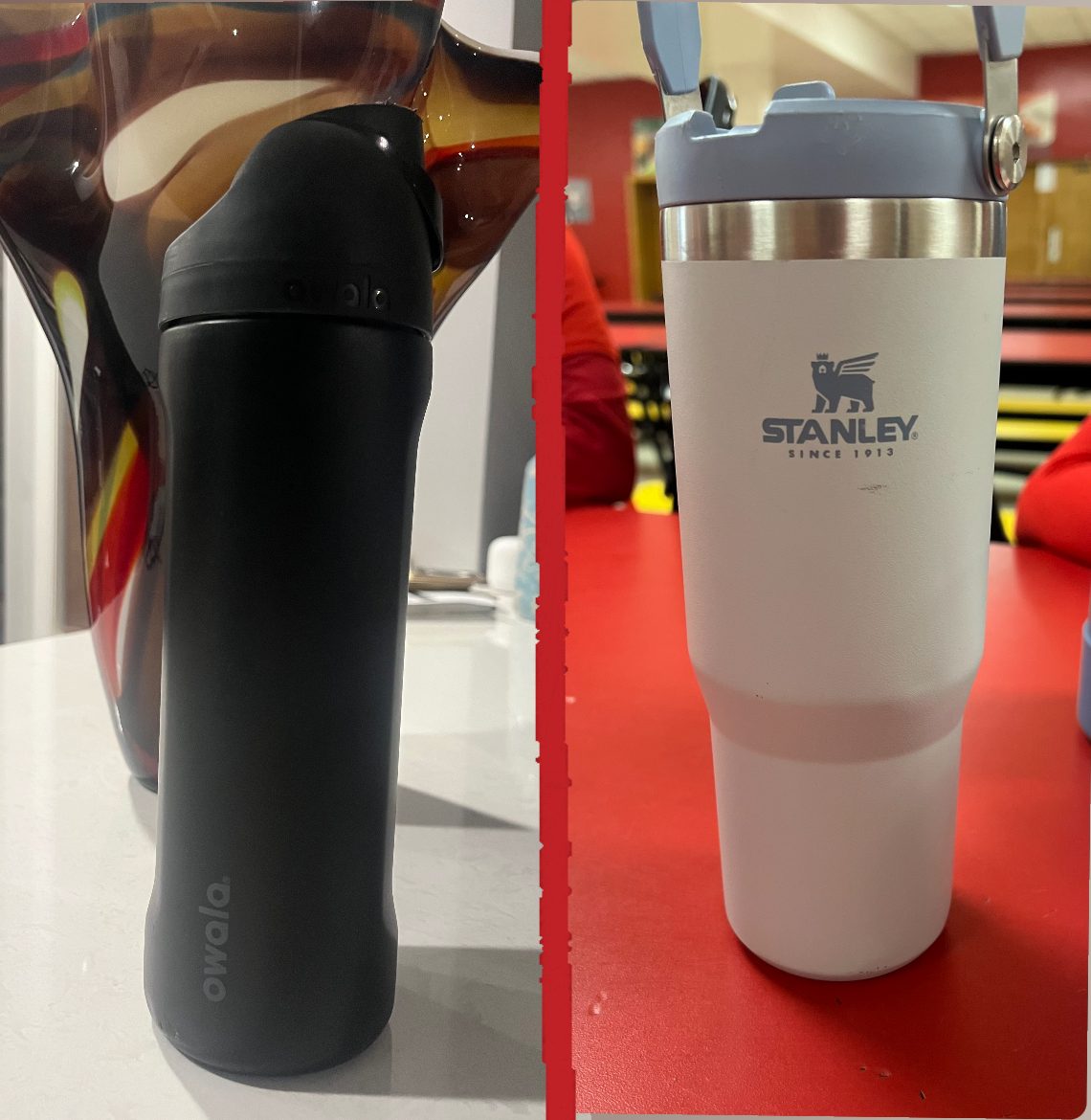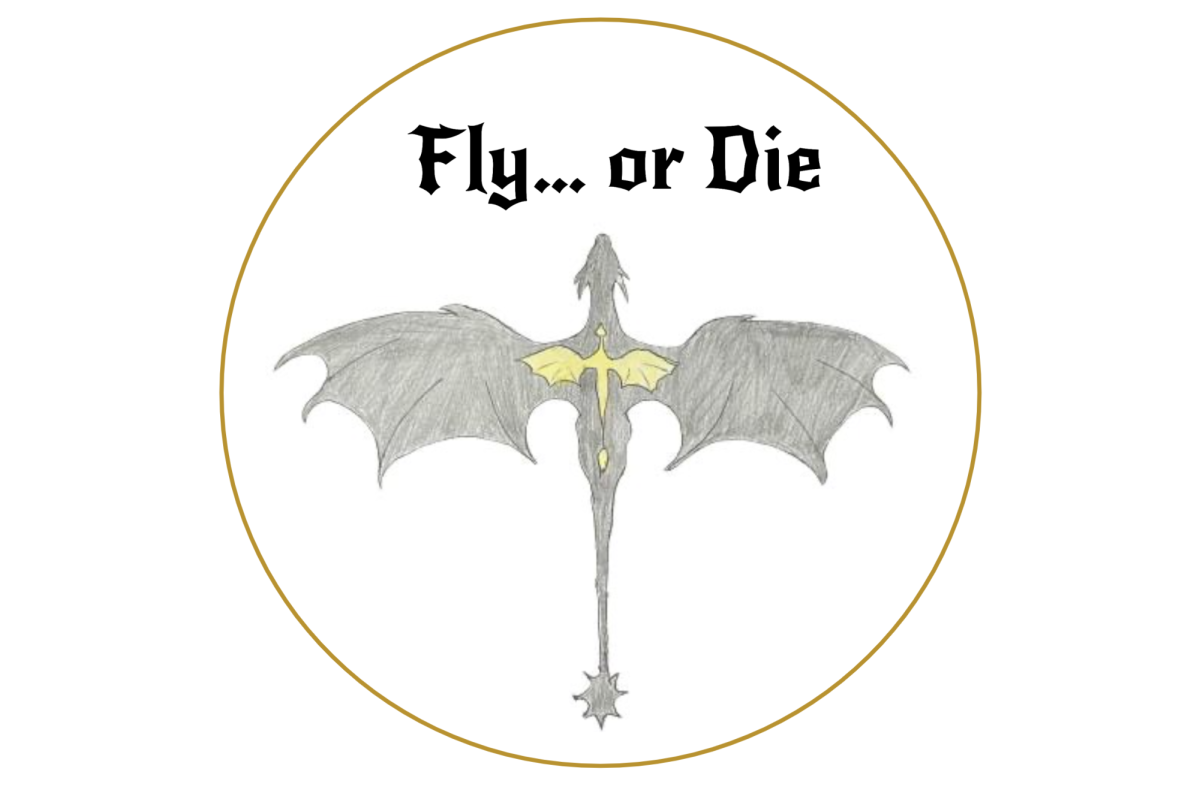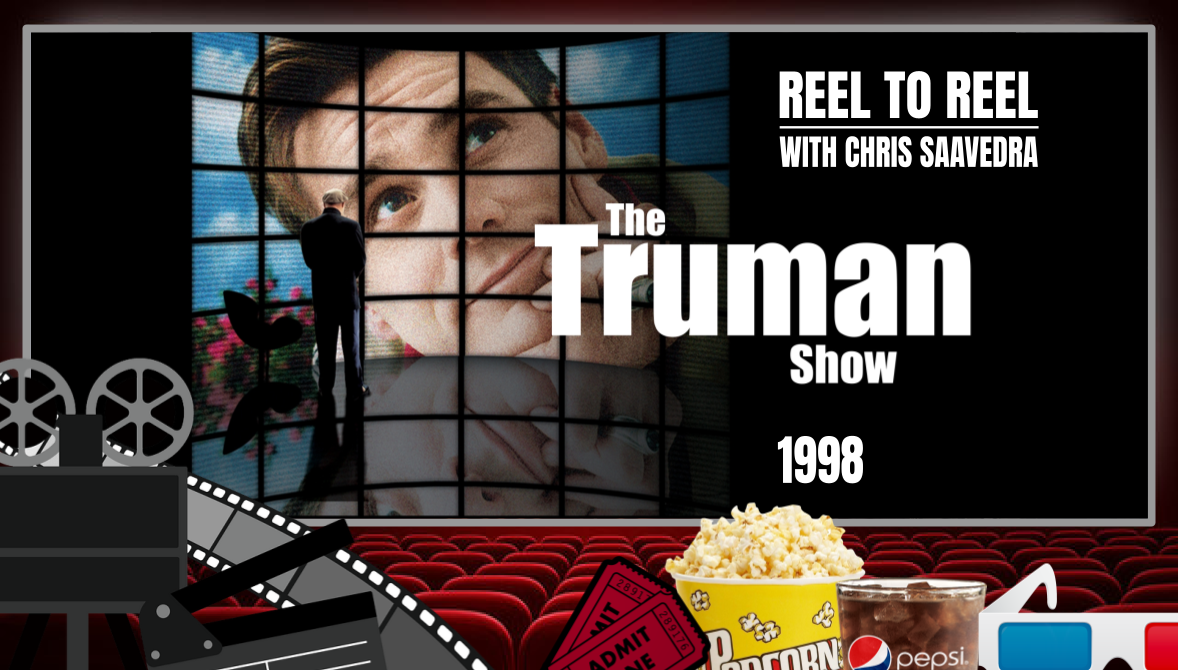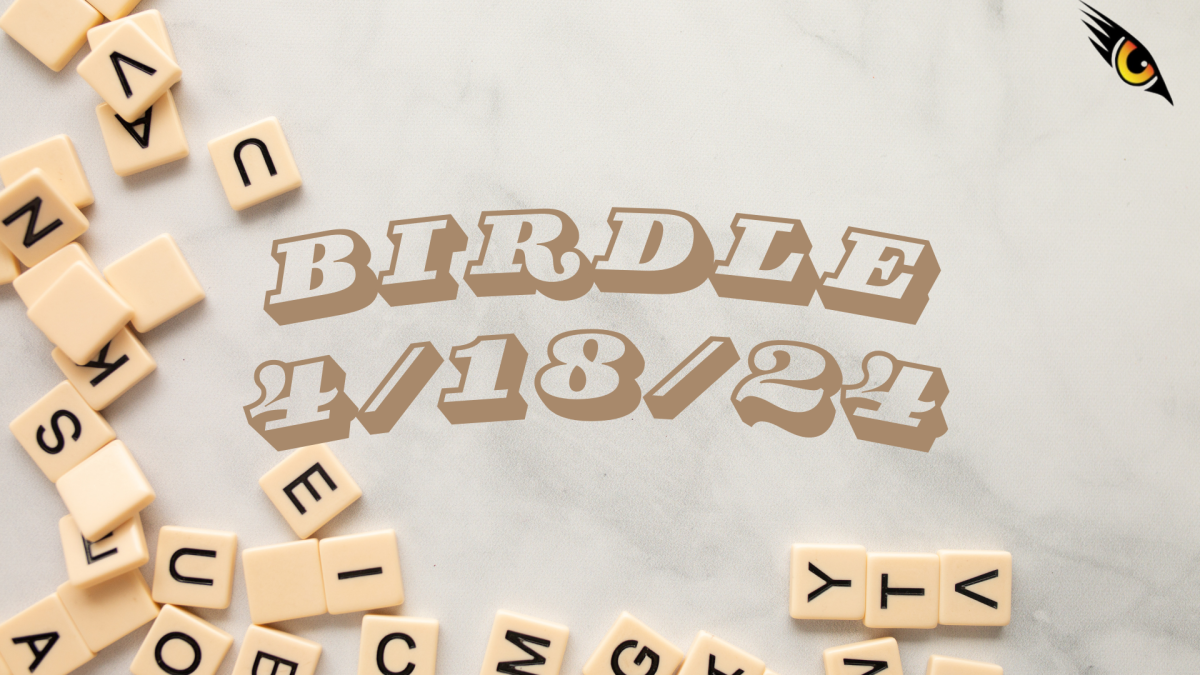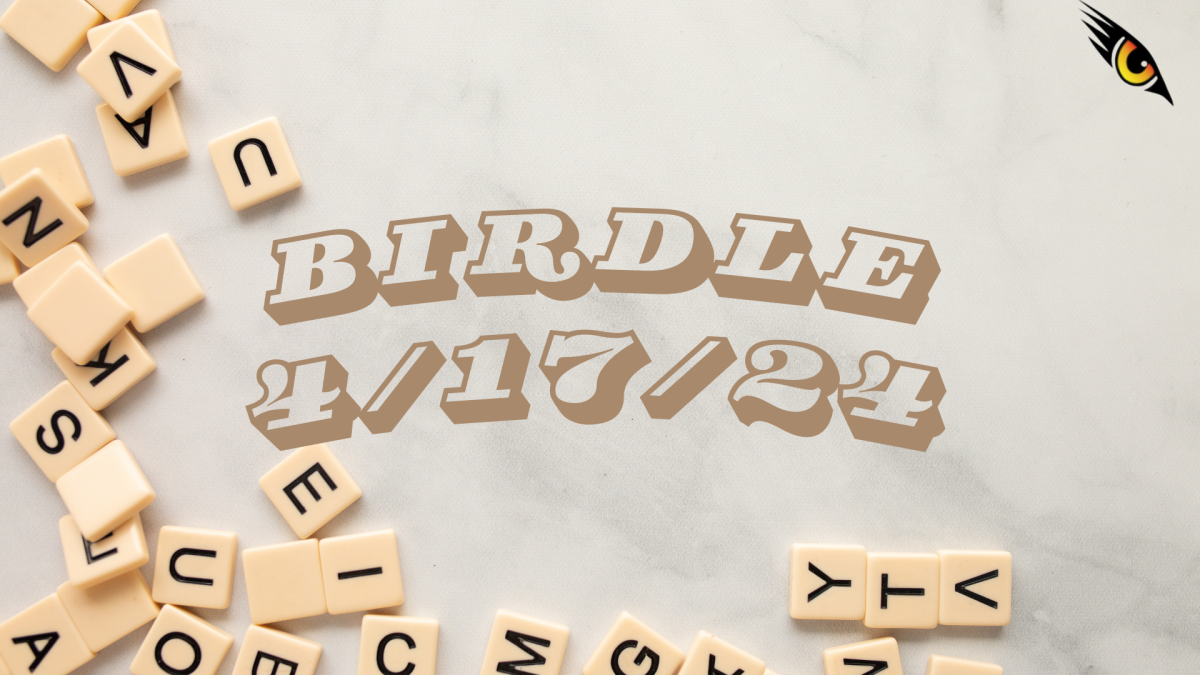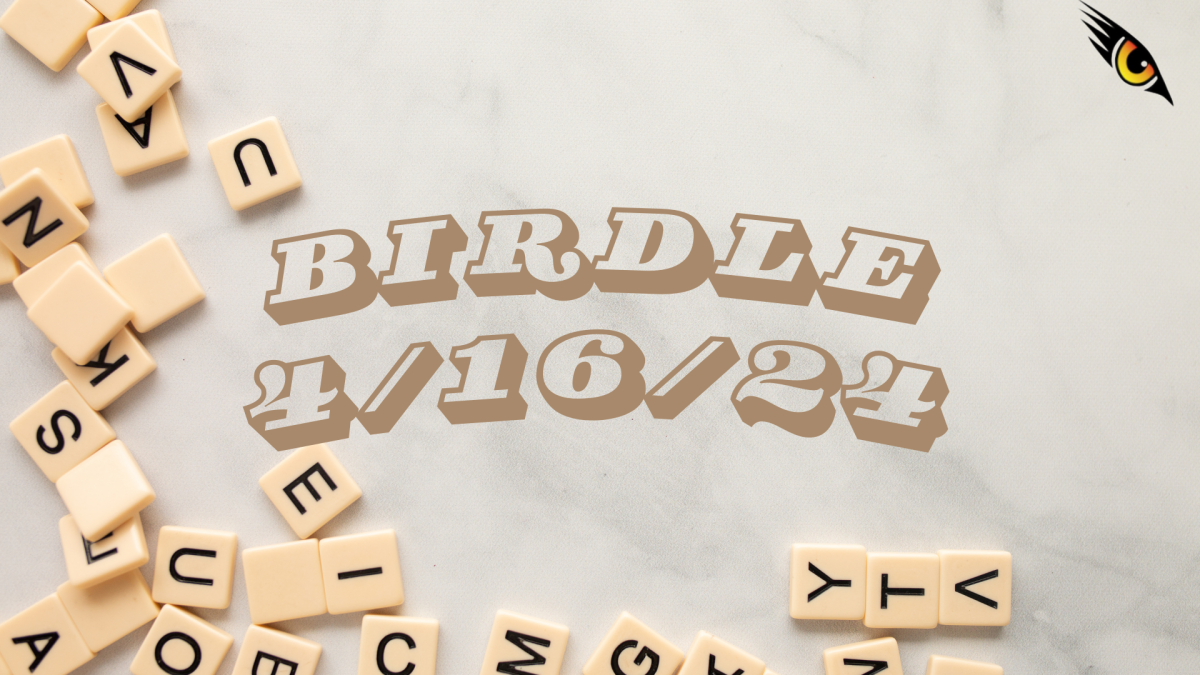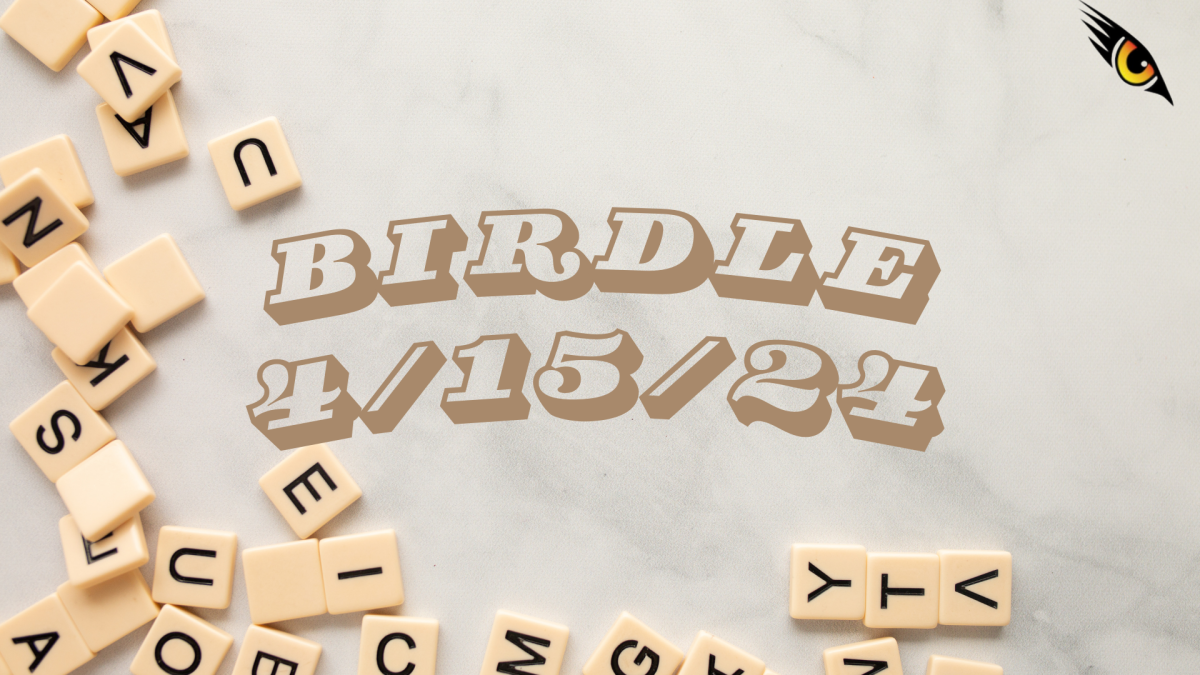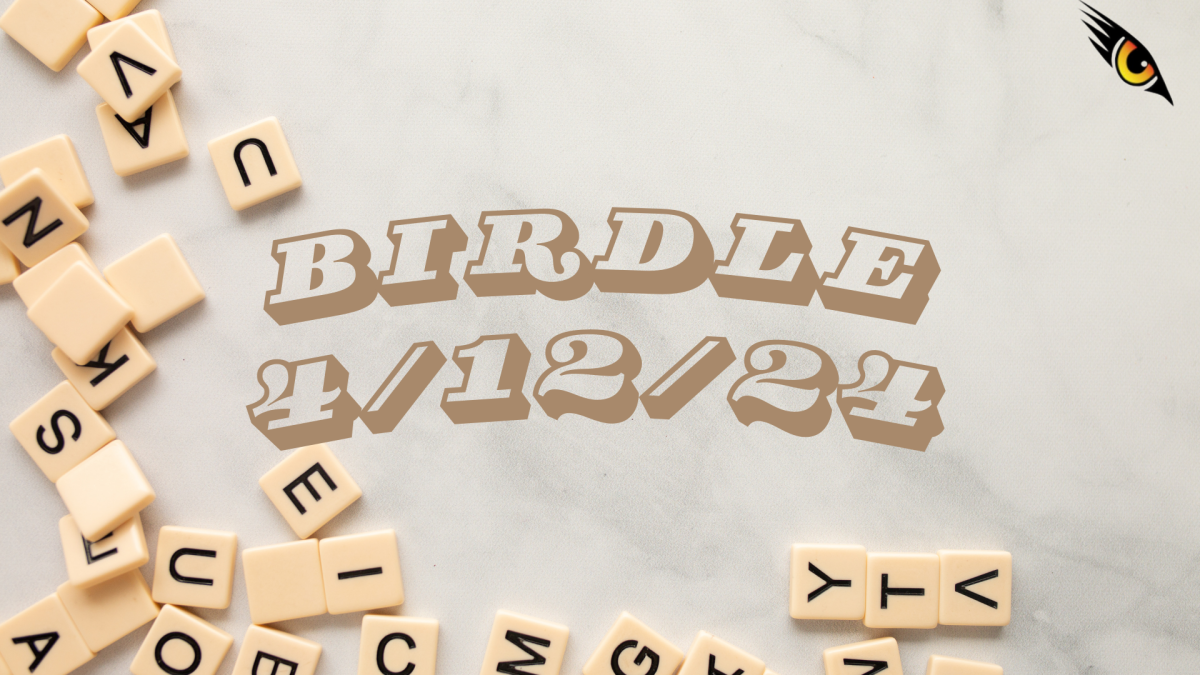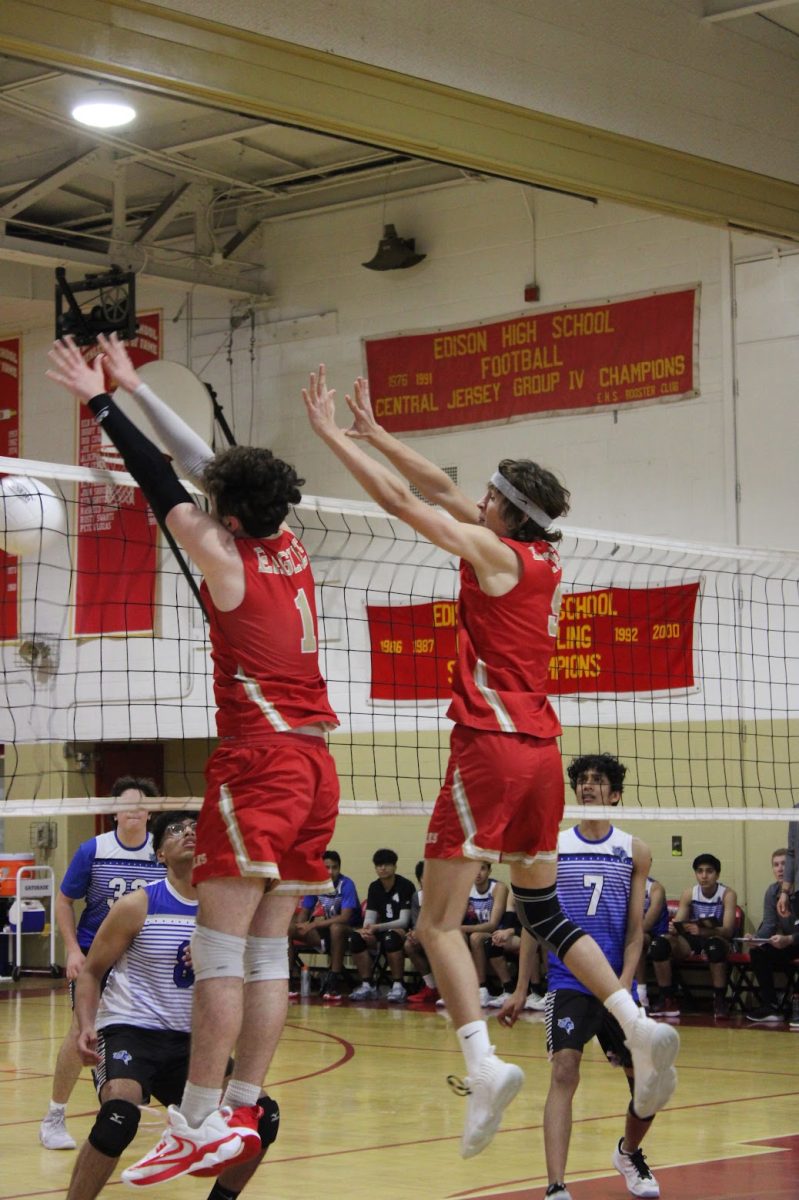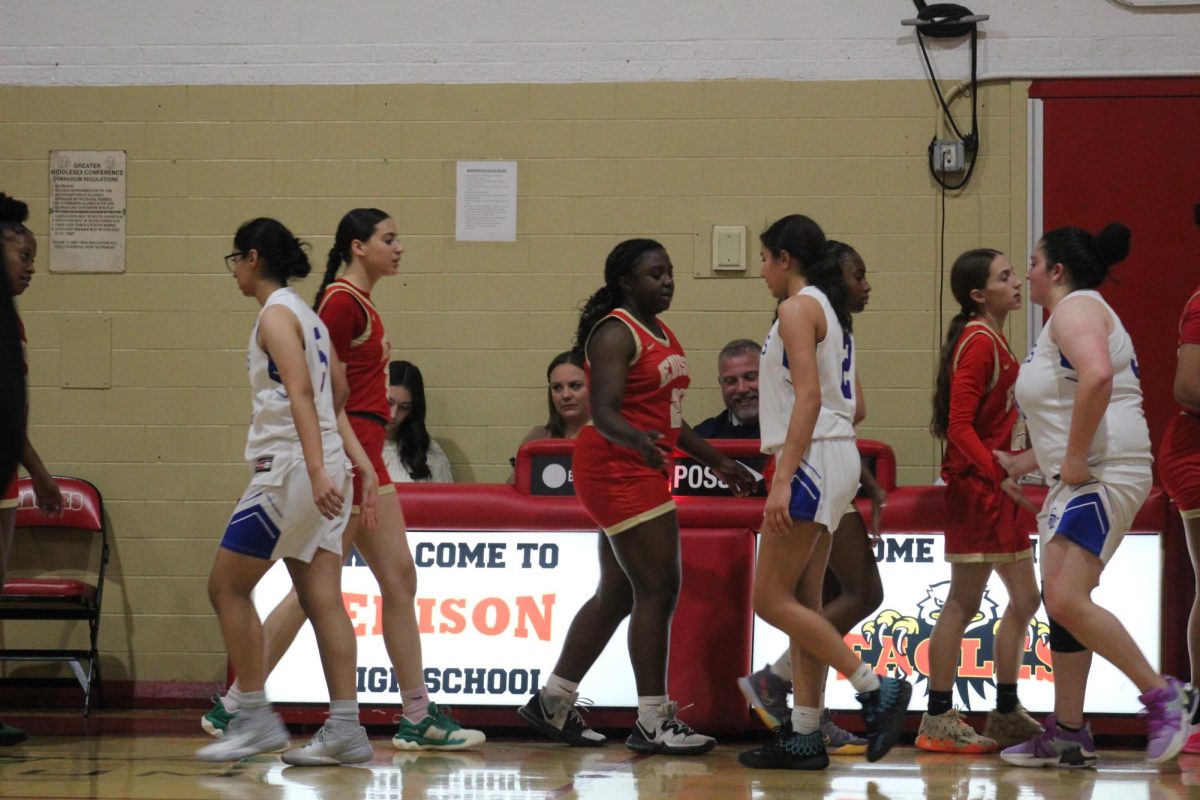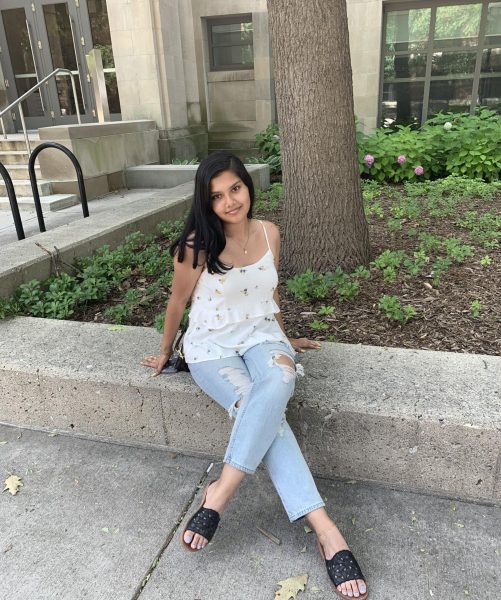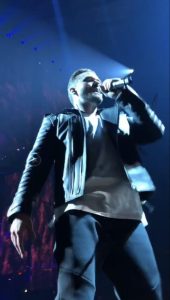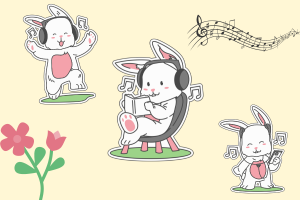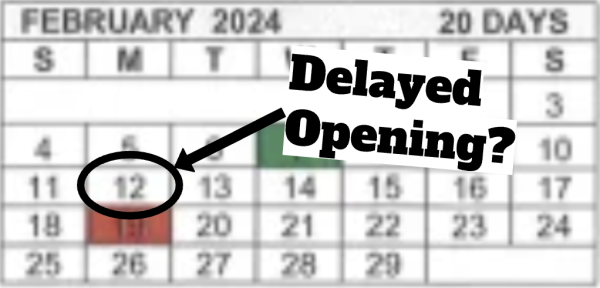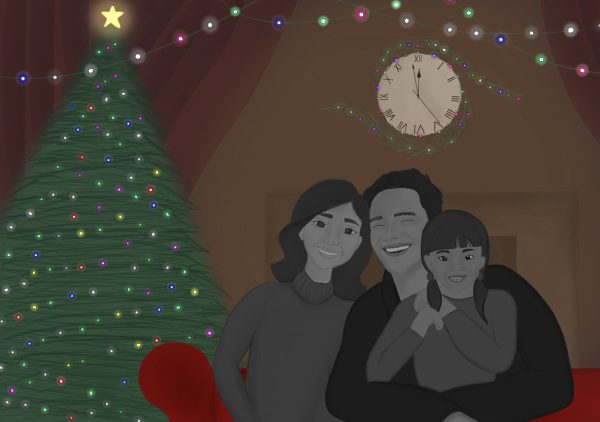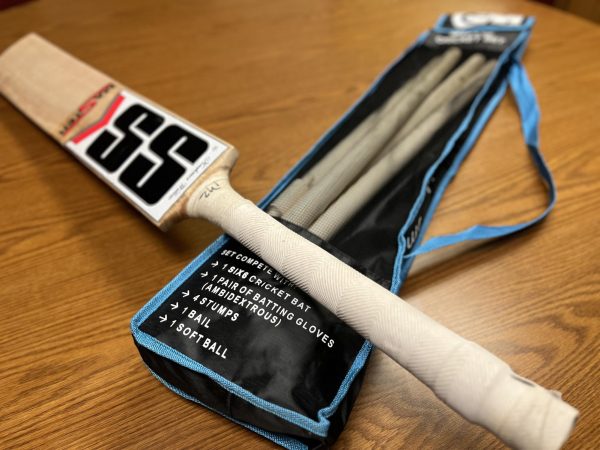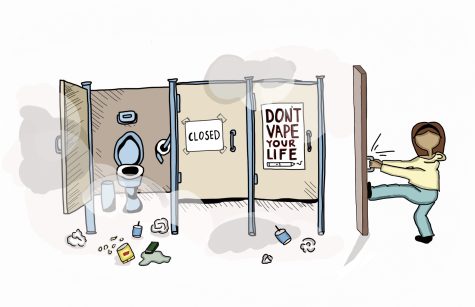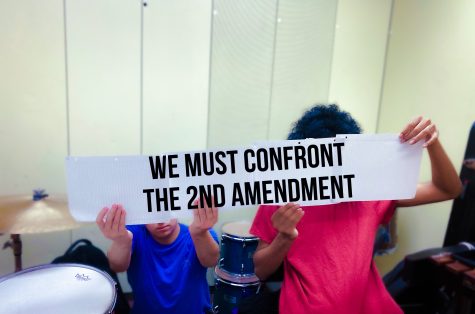EHS Needs ASL. Here’s Why.
The addition of an ASL elective at Edison High School may allow students to bridge the gap between the hearing and the non-hearing world.
April 13, 2023
Welcome to EYEth. A fantasy planet and a respite for some, EYEth is a perfect world, imagined by the Deaf community, in which all real connections, resources, and—most importantly—communication is within the reach of signed language speakers. A world in which using hands as a means of forging relationships is not invalidated but celebrated. A world in which deafness is not an impairment; rather, it is the basis of new culture, possibilities, and acknowledgement.
But, let’s come back to EARth for a bit.
The distinction between these two worlds, created by a proud community of sign language speakers, is more than just interesting word play. It is a reflection of the shortcomings of our society. In a society that is so drowned in voices that the expressive hand signs go largely unnoticed, we are left with the question: How legitimate is American Sign Language as a method of communication? More specifically, why is it imperative that students at EHS have the choice to learn this language amongst all other languages offered here?
For years, American Sign Language (ASL) was denounced due to the erroneous view that signing was a baseless and elaborate charade of sorts. ASL’s use inconvenienced hearing people because it diverged from the accepted and familiar form of communication: speaking. In fact, the deep-rooted history of ASL reveals decades of fighting oppressive practices imposed by hearing people, including oralism which taught deaf people lip-reading and speech rather than actual education and the assumption that spoken language is simply superior than ASL. Variations of signed language have been employed throughout the globe for centuries, yet ASL has only recently been recognized as an official language as of 1960. As sign language has come to represent more of a distinct culture and community along with a unique syntax, grammar, and morphology, it is crucial for schools to offer students, hearing and non-hearing, an ASL class. In fact, as of 2015, sign language has been approved as a foreign language for New Jersey high schools. Eight years after this bill and decades after ASL’s recognition, Edison High is still missing the option to take ASL as a language class.
ASL, despite being a non-verbal language, covers all the defining elements of a language, including a completely separate lexicon apart from English (opposed to the common misconception that ASL is just English on the hands). Its unique users require a unique set of vocabulary that is expressed through a unique mode. In addition, ASL has its own grammatical rules as well—ones that set this language apart from any other spoken language, making it a prime learning opportunity for students looking to expand their comprehensive linguistic understandings.
Not to mention, ASL brings a new factor into the matter of language: expression. Expression through body language, expression through facial expressions, and expression through gestures. Being the primary means of emotive articulation, these modes of expression set ASL apart from other languages by allowing a deeper sense of connection within the community of ASL speakers, a value that can serve as a life-long learning experience for hearing or deaf speakers. Essentially, when it comes to the depth of knowledge a language class has to offer, an ASL class will surely fall nothing short of nuanced and insightful.
Through the lens of culture and history, ASL holds vast learning opportunities. There is much to learn about the proper terminology such as Deaf vs. deaf vs. “hearing impaired;” the historical movements toward recognition in Deaf institutions; and Deaf culture which includes theater, literature, and etiquette. Students would not only be able to gain an appreciation for the profound world this community has built around what others perceive as an impairment, but they will also have the opportunity to become knowledgeable regarding the sensitivity and awareness of the Deaf community.
And, of course, there is always the benefit of adding a new language to a students’ repertoire. Multilingual students are more open-minded when it comes to diversity, worldviews, and culture. ASL, in particular, will force students to perceive communication and language differently. In addition, they become more attractive for future pursuits with the ability to network, communicate, and include another group of people in services or facilities that would otherwise not be readily available.
Overall, students of EHS stand to gain important skills and knowledge if an ASL language elective is offered. As pioneers of the future, it is up to the students to bridge the gap between the hearing and non-hearing world. This may only be achieved through a greater understanding of the intricacies and experiences of ASL.




